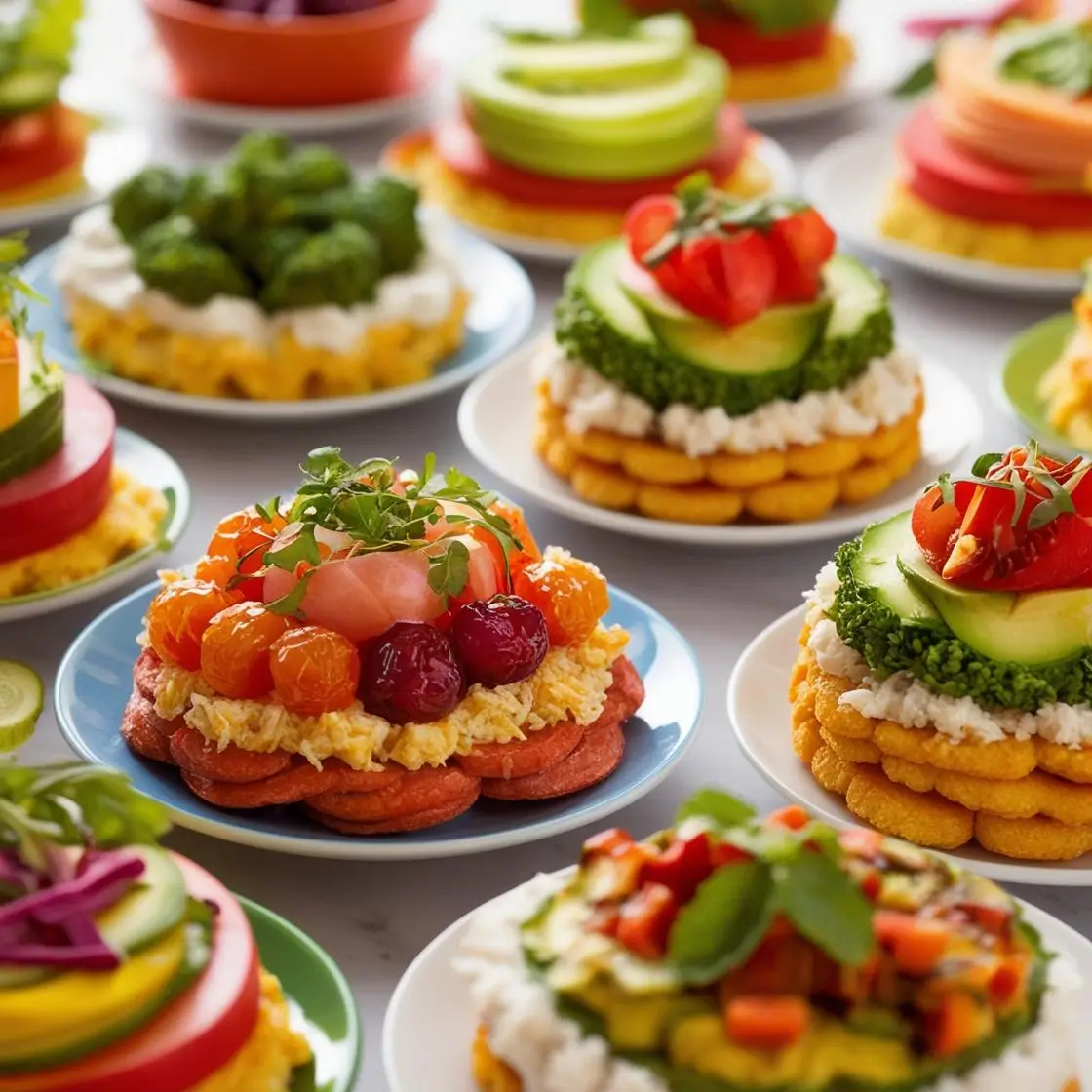Hi everyone! I’m a flavor scientist with over 15 years of experience making food taste amazing. One of the biggest challenges we face is making food healthier without making it taste like cardboard. A big part of that is reducing fat. Let’s explore how we do it, in a way that even a 7-year-old can understand! (And trust me, I’ve explained it to a few!)
Why Reduce Fat, Anyway?
Imagine your body is like a car. Fat is like fuel, and you need some fuel to run. But too much fuel can make the car sluggish, right? Eating too much fat can sometimes be not so great for our bodies. That’s why food companies like Tasteology are always looking for ways to reduce fat while keeping the deliciousness.
The Magic of Fat Replacers
Think of fat replacers like superheroes in the food world. They swoop in and do the job of fat, but with fewer calories or different kinds of fat. There are three main types:
- Carbohydrate-Based: These are like using building blocks made of starches and fibers. Imagine swapping out some of the heavy bricks in a wall with lighter ones – the wall still stands, but it’s not as heavy. Examples include things like cellulose (found in plants), starches, and fibers. These are great for things like sauces and dressings.
- Protein-Based: These are like using tiny helpers made of protein (the stuff that builds muscles!). Think of egg whites or whey protein (the stuff left over from making cheese!). These are often used in dairy products.
- Fat-Based: These are like using a “trick” fat. It’s still fat, but it’s built differently, so your body doesn’t absorb as much of it. One newer way is using “oleogels”.
Expert Tip: The secret we use in food labs: add a pinch of salt to make fruity flavors POP! It’s like magic – it enhances the sweetness and makes the fruit flavor sing, even when there’s less fat.
Tasteology’s Secret Sauce (It’s Not Actually Sauce!)
At Tasteology, we’re experts at making low-fat food taste incredible. We don’t just swap out ingredients; we optimize the entire experience. This means we:
- Focus on Flavor: We use all sorts of tricks to boost flavor. It’s like turning up the volume on your favorite song! This is called flavor optimization, and you can learn more about it here. This is important, because decreasing the amount of fat in a product can decrease the flavor, and we want to combat that.
- Perfect the Texture: Fat makes food feel good in your mouth (think creamy, smooth, crunchy). We use special techniques to keep that feeling, even with less fat. We focus on texture optimization.
- Case Study: We once worked to formulate healthier cookies, and we were successful in enhancing flavor while removing fat.
Personal Story: Once, I accidentally created bubblegum-flavored broccoli! It was not a success, but it taught me a valuable lesson: even the best flavor scientists make mistakes. The important thing is to learn from them!
Specific Challenges and Solutions
Different foods have different challenges:
- Dairy: Low-fat cheese can be rubbery. We use special protein-based replacers and clever processing techniques to make it melt and taste like the real deal.
- Bakery: Cakes and cookies need fat for moisture and tenderness. We use carbohydrate-based replacers and things like fruit purees to keep them soft and yummy. Looking for low-fat recipe development? We can help!
- Processed Meats: Fat gives sausages their juicy texture. We use a combination of protein and carbohydrate-based replacers to mimic that.
- Sauces and Dressings: Many dressings, especially creamy ones, are high in fat. Tasteology uses different types of food formulation to make sure that we make the product healthier, without sacrificing taste and texture.
- Shelf-Stable Products: Keeping low-fat foods fresh for a long time is tricky. We use special packaging and processing to make sure they stay safe and delicious, even without a lot of fat. Want to learn more about food formulation? Check this out.
Thinking About Special Diets
We also think about people who can’t eat certain things, like gluten (the stuff in wheat) or those who are vegan (don’t eat any animal products). We have ways to reduce fat and make food that everyone can enjoy.
The Future of Fat Reduction
Scientists are always discovering new ways to make food healthier! One exciting area is “oleogel technology,” which uses special gels to replace fat.
For more in-depth info, I recommend checking out resources such as, MDPI.
FAQs
Q: Are all low-fat foods healthy?
A: Not always! Sometimes, low-fat foods have added sugar or salt to make up for the taste. It’s important to read the label.
Q: Can I reduce fat at home?
A: Absolutely! Try using applesauce instead of oil in baking, or yogurt instead of sour cream.
Q: What’s the hardest food to make low-fat and still taste good?
A: That’s a tough one! I’d say ice cream is a real challenge because fat is so important for its creamy texture. But we’re working on it!


